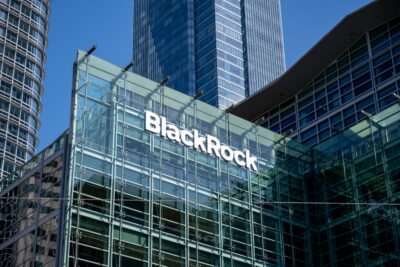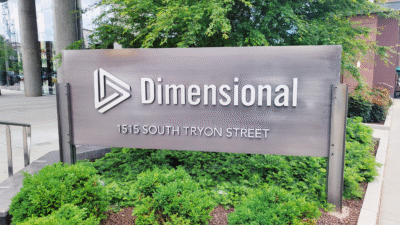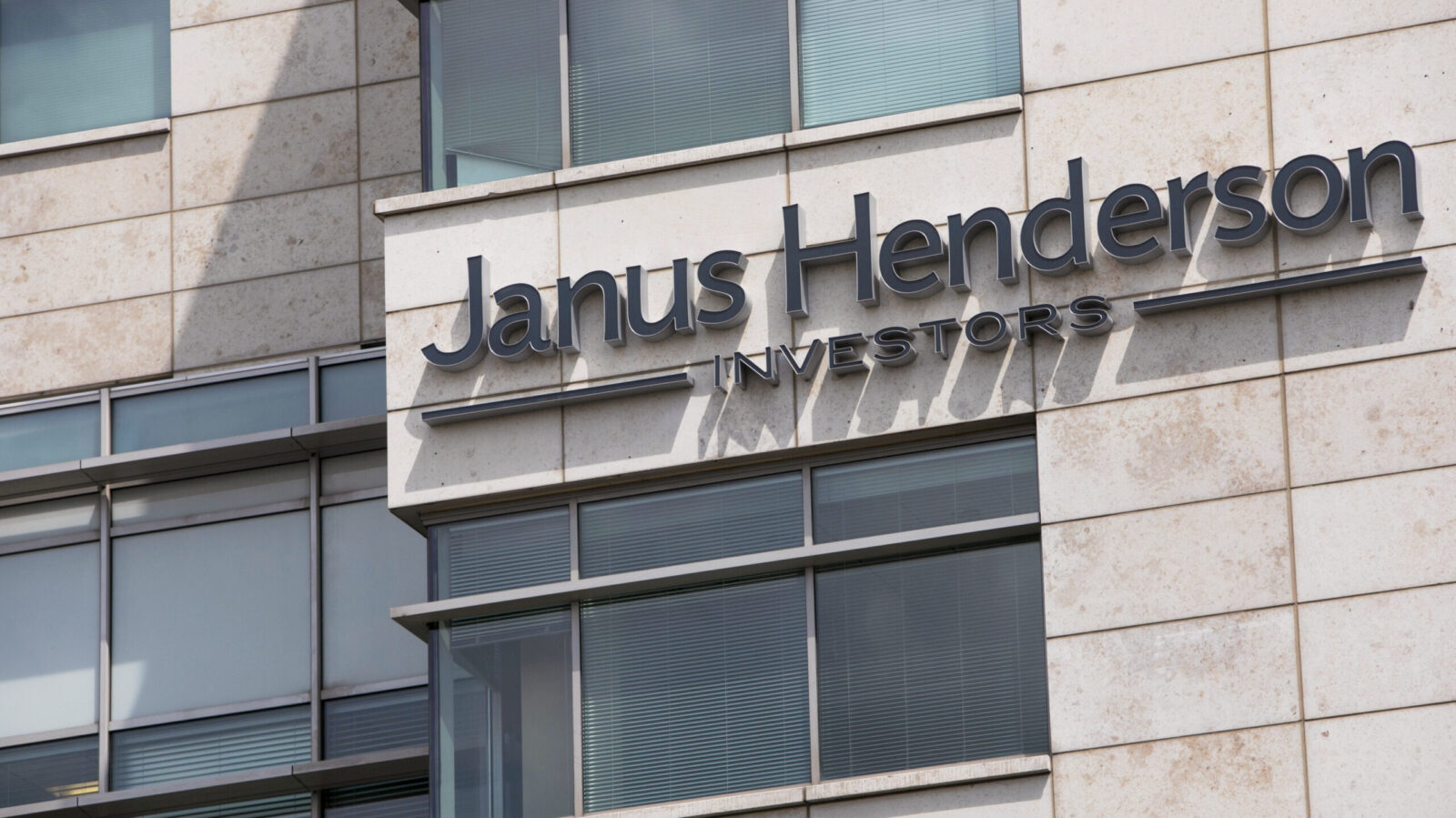Why Just 8% of ETFs Raked in Half of Inflows This Year
Low-fee products tracking indexes have outperformed their higher-fee ETF counterparts and have raked in assets.

Sign up for exclusive news and analysis of the rapidly evolving ETF landscape.
If investors could collectively talk, they might sound a bit like birds: cheap, cheap, cheap.
Exchange-traded funds with low fees — defined as having expense ratios of less than 0.10% — raked in nearly half of all inflows this year to date despite making up just 8% of all ETFs, according to CFRA Research. Cheap funds, which tend to track indexes, have consistently outperformed their active counterparts in recent years. Meanwhile, active funds have sometimes underperformed compared their benchmarks and may not have the scale needed to keep fees low.
“With the exception of the tariff tantrum in April, it’s been a growth environment over the past two years,” said Aniket Ullal, head of ETF Research at CFRA. “We’ve had a small number of stocks accounting for most index returns, so it’s been hard for active managers to beat the benchmark.”
The Price Is Right
Investors’ preference for low-fee products neatly lines up with current market leaders. BlackRock’s iShares products regularly top flow charts, including its Core S&P 500 UCITS ETF (CSPX), which focuses on large-cap equities and has a ratio of 0.07%, that grew by more than $1.5 trillion over the past year alone. Vanguard’s S&P 500 ETF (VOO), which has a fee of just 0.03%, remains the largest in terms of AUM and comes with a basement-bottom price of $605.83.
Many of the best-performing low-fee ETFs are index trackers, aiming to mirror indexes like the S&P 500 rather than beat them. Higher-fee products, on the other hand, tend to be actively managed, with portfolio managers making tactical calls. “Beating the benchmark is hard,” Ullal said. “Investors and advisors who like active management should be comparing the fees of an ETF to other options, like traditional mutual funds.”
The pressure to keep things cheap has brought everyone’s fees down. According to recent data from the Investment Company Institute:
- From 1996 to 2024, the average expense ratio for equity and bond mutual funds dropped by 62% and 55%, respectively.
- Last year, the average expense ratio for index equity ETFs declined two basis points to 0.14%.
Big Tech on Top. Managers who are growth- or equity-oriented are more likely to have a chance of beating the benchmark compared to value managers, Ullal said. Value managers might buy stocks based on metrics like price-to-book ratio and tend to be into healthcare, consumer staples and utilities — all sectors that have underperformed lately, relative to tech and communication services, he added. “Most of the returns have come from mega-cap, large-cap stocks,” Ullal said, adding that the performance of actively managed funds largely varies based on the strategy. “It depends on the mandate.”











